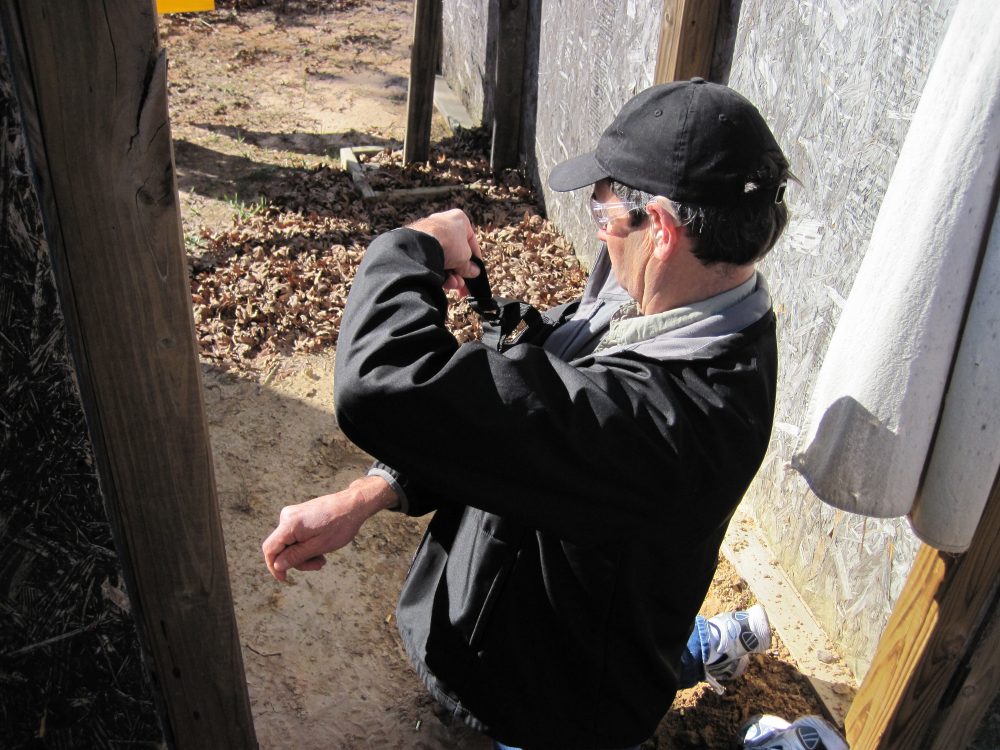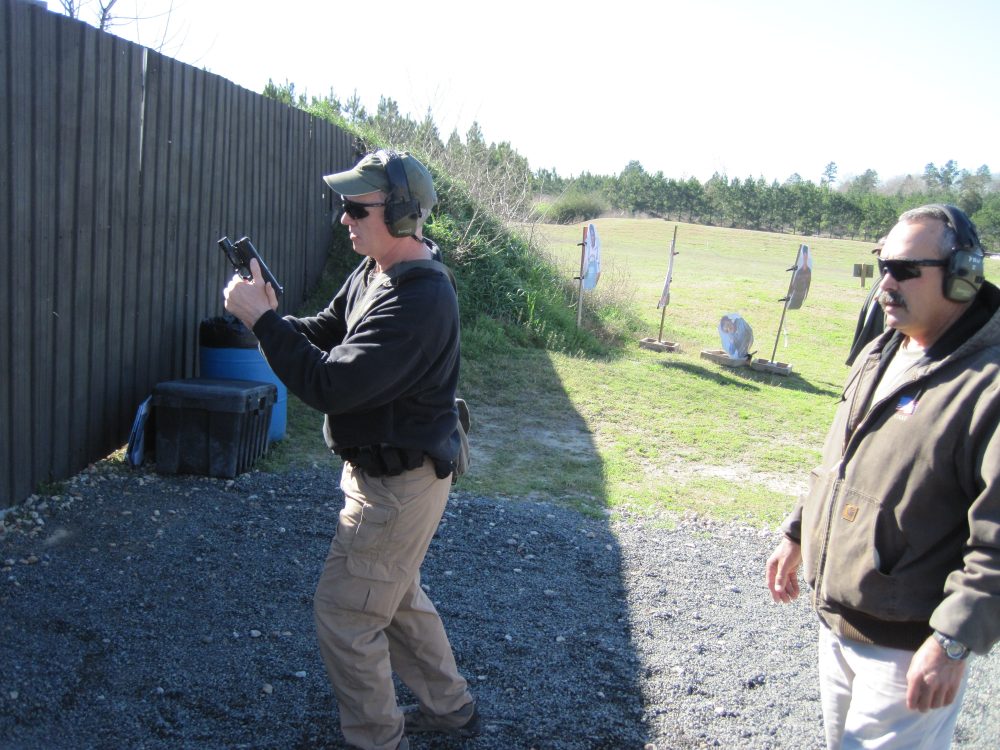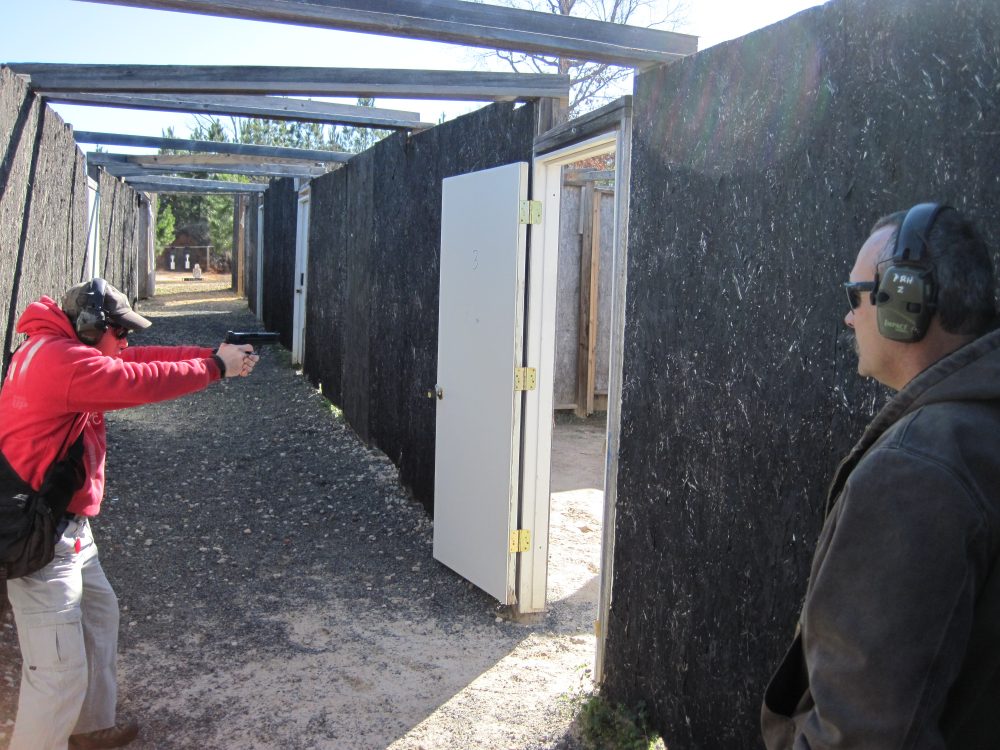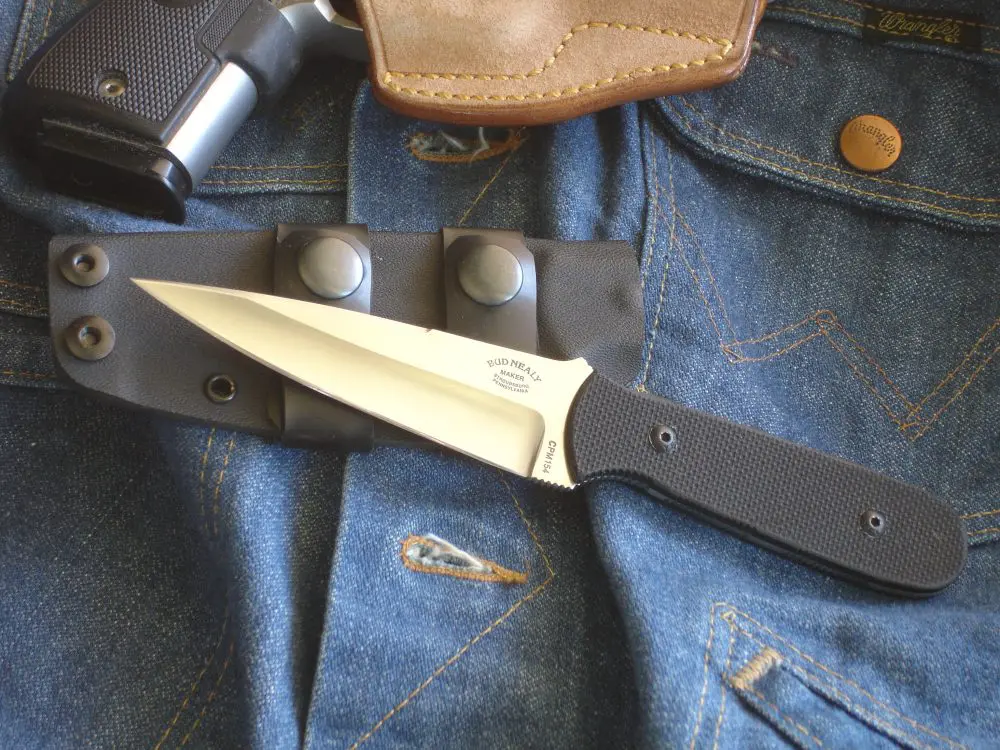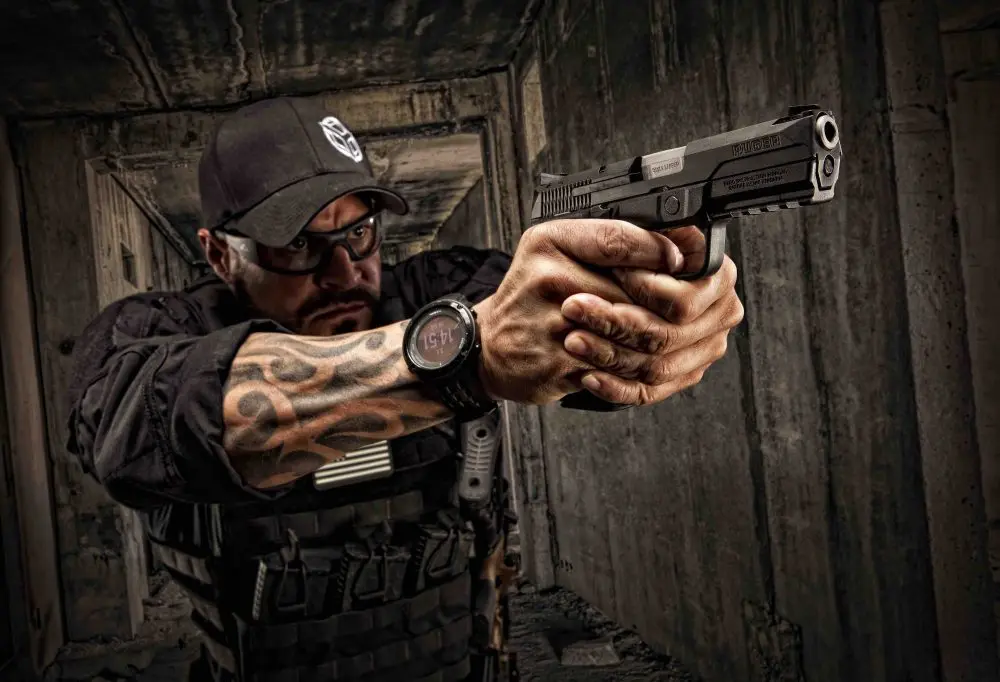
We all were shaken to our cores by the horrific murders of 20 schoolchildren and six adults at Sandy Hook Elementary School in Newtown, Connecticut. When the shock had somewhat lessened, I began to think about how to respond to these active-shooter events in the future. Having a child in elementary school, it was difficult for me to separate emotion from true needed action.
I approached Paul Howe of Combat Shooting and Tactics (CSAT) about the possibility of such a training program. He was very open to the idea of a civilian with a legal concealed weapon engaging an active shooter, since they would most likely be on the scene while police usually have to respond from several minutes away—minutes that cost lives. The focus of the Civilian Response to Active Shooter (CRAS) Course was what private citizen concealed carry weapon holders would commonly have on them for everyday carry (EDC) engaging an active shooter.
Paul Howe is a 20-year veteran of the military, with ten of that in Special Operations. Since leaving the military, Paul has trained a multitude of law enforcement units from around the United States. CSAT is located in Nacogdoches, Texas, approximately two hours east of Houston’s Bush International Airport. CSAT has been in operation for over ten years and offers both law enforcement/military-only programs as well as a host of superb civilian training courses.
Table of Contents
CIVILIAN RESPONSE TO ACTIVE SHOOTER
CRAS is a three-day course that covers pistol skills at both close (contact to five yards) and intermediate (15 to 25 yards) distances. There is a medical component, a combat mindset component and, by far the most important in my opinion, linking up with responding law enforcement personnel. Each module was a building block necessary to progress to the next.
After negotiating hallway, student engages threat target inside room. Paul Howe offered analysis and feedback after each iteration.
Paul is very keen on training with this method. The class as a whole can only progress to the next module when everyone has mastered the skills of the previous one.
Paul stressed the importance of knowing where your Concealed Carry Weapon (CCW) cuts, meaning hits on a target at a certain distance. If you are using a particular pistol with a particular type of ammunition, it is important to know if you have point of aim, point of impact at a certain distance. Paul backed up each lecture point with empirical evidence together with practical range time. For me, this was as valuable as gold.
The Singular Close Quarters Battle (CQB) module was eye opening as well. With Singular CQB, Paul covered cases and incidents that supported the material he was teaching and how important it was to view the environment as a whole before charging into a scenario. “Listen for the stimuli, make entry, use your corners for cover, engage the bad guy, and make sure they’re down and no longer a threat. Then go and look for work,” Paul stressed. Gunfire stimuli can mean a life lost with each shot fired.
Two person and team tactics can be covered for vetted security companies or private security groups for churches and offices. Slow and methodical viewing of the environment as a whole is required. Persons inside the threat zone are to be viewed by their hands, waistline, and then their whole body. Key point to remember: things in the hands or stuffed in waistlines can kill you.
Student applies tourniquet while keeping an eye down the hallway for any additional threats.
The medical module was short and sweet because it can be a three- to five-day course in itself. Moving injured individuals out of the main traffic area of a structure, into a secured room and stopping the bleeding were covered. Hemostatic agents such as Combat Gauze were presented, as well as simple gauze, Ker-Flex and tourniquets. Again, this was a short block of instruction and only the most important and relevant information was taught. Ker-Flex is commonly used by veterinarians, and because it’s sterile can be used on humans.
Another module concerned linking up with responding officers. In an active shooter situation, the last thing anyone wants is responding police shooting and killing the good guy. Therefore, it’s important to have eyes and ears looking and listening for additional threats and ultimately for responding law enforcement.
After engaging threat target outside, student moves to make entry to structure, moving toward gunfire stimuli.
A key element of your EDC must be a cell phone and you must know how to use all its features. Know how to describe what you are wearing and your appearance. Clear and concise words are key in this sort of high-stress environment, and Paul made sure we could do that. Paul touched on employing small Photon lights that have a strobe feature. These can be used to guide responding law enforcement to a room you are bunkered down in.
Several times after the modules, the class would head to the shoot houses so we could do practical exercises on the modules, all under the attentive observation of Paul and his CSAT assistant instructor. Students’ preconceived notions were soon realigned.
On the final day of class, students were broken into two groups and various scenarios were given individually on the modules that had been taught the previous days. The old maxim of “smooth is fast and fast is smooth” definitely came into play in the scenarios that were enacted. Additional teaching points and corrective instruction were given as needed.
After negotiating hallway, student engages threat target inside room.
GUNS AND GEAR
I took two Smith & Wesson M&P pistols to this course. One an M&P Shield and the other an M&P 9mm Compact. The first day it was evident to me—and Paul—that while the Shield is a pleasure to carry, its small frame and my gorilla-like hands reduce sight radius, and smaller sights impede my moderate skill level even more.
I later switched to the M&P 9mm Compact and my performance increased threefold. Other pistols in the course included Glock 19s, HK P-30 DAO, S&W M&P 9mm full-size, and a Springfield XD .45. There were no performance issues other than the standard characteristics of the P-30 DAO.
Paul Howe observes while student moves into room, negotiates corners, and is ready to engage a threat.
Ammunition used was Winchester, Federal and Sellier & Bellot. There were no issues. Paul stated that bonded ammunition is good EDC ammo in that it can do it all regarding possible glass barriers.
Holsters ranged from custom-made Kydex to well-known manufacturers plus some, well, unknown leather holsters. I used an appendix-carry holster from JM Custom Kydex of Reno, Nevada and found it comfortable, and my pistol was concealed and accessible.
In conclusion, the CSAT CRAS Course is relevant right now. It will prepare individuals for the possibility of an active shooter scenario. Such incidents are happening with more frequency. Receiving quality training from a good instructor is a sound course of action for concerned citizens who refuse to stand back while innocents are slaughtered.
SOURCE:
Combat Shooting & Tactics
www.combatshootingandtactics.com


